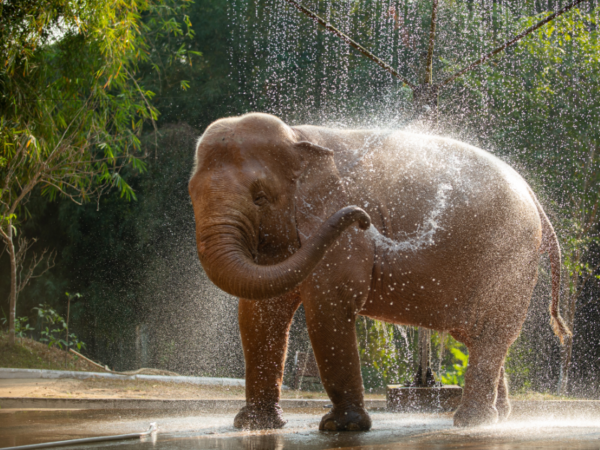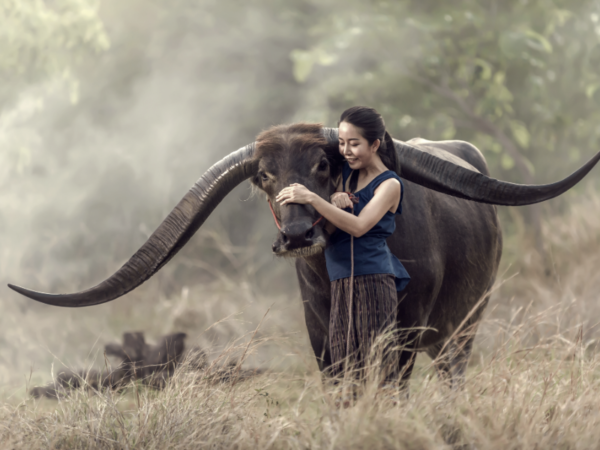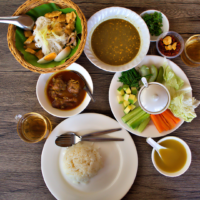South East Asia February 2025
Clairsentience and the Dead
A chef and friend who wouldn’t give up on my abilities.
The story of how we made it rain in Myanmar.


Anthony Bourdain is your biggest fan.
“There are certain people who exhibit more bioluminecence, sauce, or special. Whatever the fuck you want to call it. You can see them over here. I found Monaya just after passing over to the other side. She started work at the Lexington in St Paul around the same time and needed some help filling an executive chef’s shoes. She can talk to Jack Ribel now too. Both of us help her modify the weather, mixing atomic behavior and quantum theory into meringue, jars of curd, and things that tell a story to your eyes as much as your taste bud and heart.”
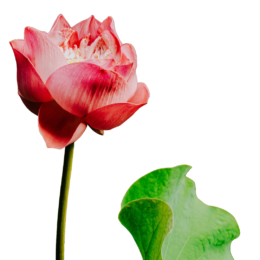

Organic Quantum Atomic Behavior in Geospatial Applications.
Don’t overthink it.
Adventure is a dish best served with preparation. At the beginning of all great road trips is a grocery run. Snacks, supplies, and of course drinks. Beverages are something I take very seriously while traveling. Experience has told me several stories including a trip to the emergency room with dehyration. They are a tool these days as I use them for precipitation (rain and snow) generation.
How does that work? Have you heard of liquid iv, the liquid multiplier?
Mix that with stuff like this and all a sudden it’s raining at Burning Man
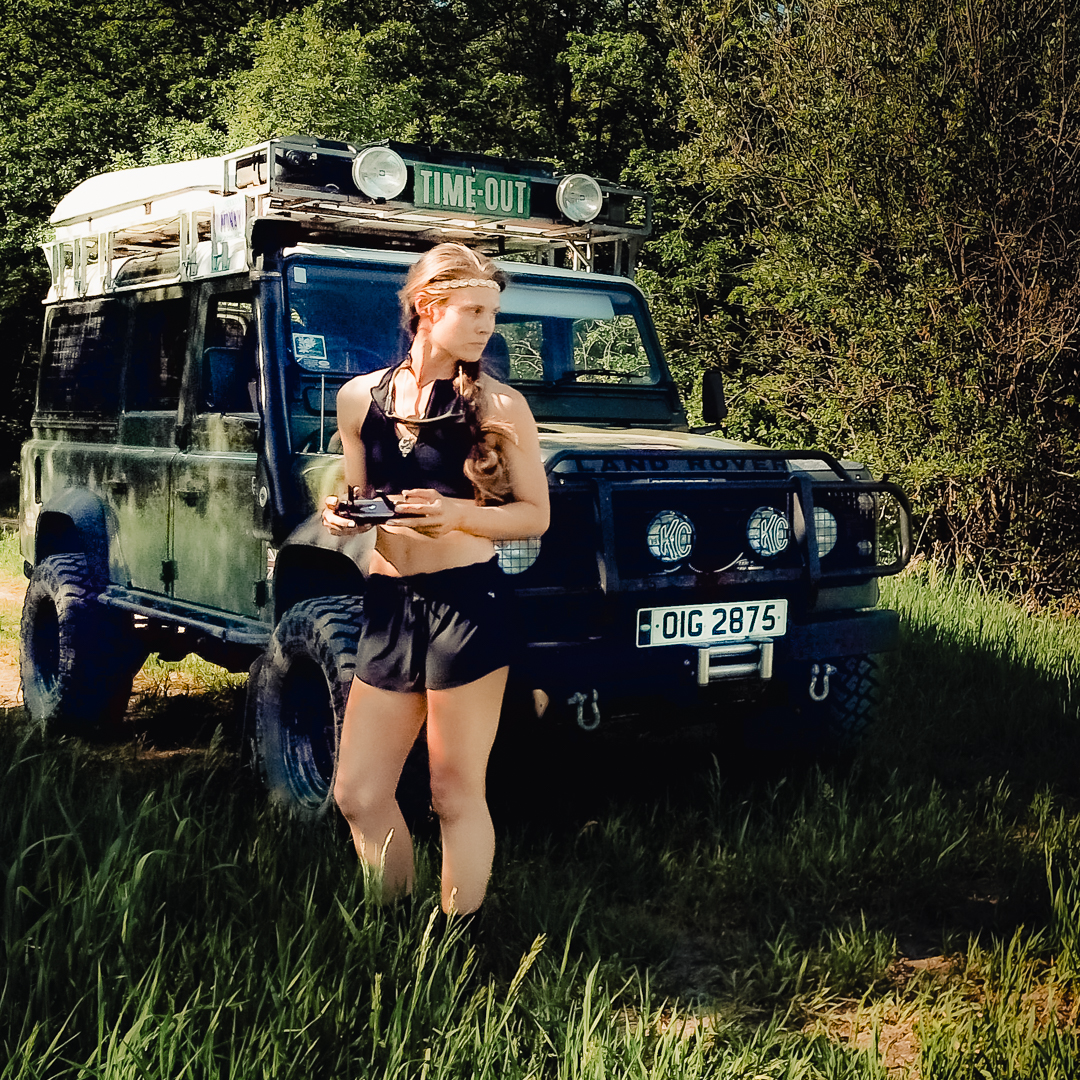

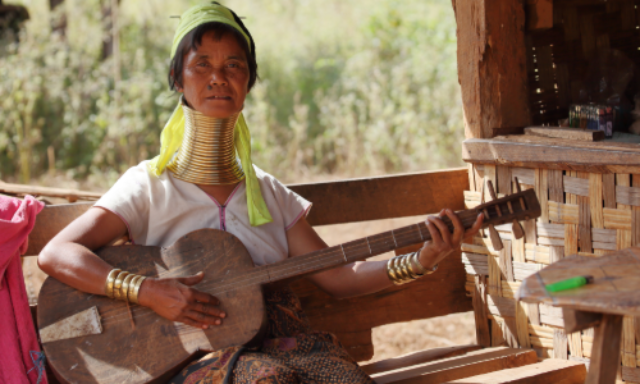
Share with friends & family
How I shared this one…
Thai Cusine At Tara Thai in Bemidji, Minnesota
Coconut Water and Different Hydration Beverages, including adding cold water to juice.
Learning and reading about the area, its global history, and challenges.
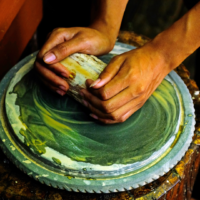
Links and information Geopolitical Tourism and its effects as told by Chatgpt o1
If you’ve ever daydreamed about slow, golden sunsets over ancient temples and neighborhoods bustling with the hum of everyday life, Myanmar (formerly Burma) might be calling your name. But this nation’s appeal goes beyond postcard-perfect scenery. Once you spend a few months here, you’ll discover stories of colonial footprints, revolutionary farming methods, and a kindness that defies political upheaval—all told through welcoming smiles and strong cups of tea.
In this post, we’ll dive into the geopolitics, cultural quirks, and local wisdom that make Myanmar a place you won’t just visit—you’ll experience.
When History and Weather Collide
The Early Shifts (2010–2012)
Back in 2010, elections promised to steer Myanmar from an isolated military regime toward cautious democracy—at least in theory. Tourists trickled in, eager to explore uncharted territories. During these same years, climate scientists noted sharper temperature swings and unpredictable monsoon onsets. The monsoon, always crucial for rice farming and daily life, arrived with scattered intensity. Local farmers reported more intense floods in some regions and longer dry spells in others. Climate change, once a distant concept, was beginning to show its hand.
The Tourism Surge & Bourdain’s Footsteps (2012–2013)
By late 2012, the government relaxed visa rules, and tourism skyrocketed. Cue Anthony Bourdain’s Parts Unknown episode in 2013: the show took mainstream audiences to the glow of Shwedagon Pagoda and teashops humming with lively debate. Yet behind the scenes, meteorologists sounded alarms about rising sea levels threatening the Delta region, and rural communities along the Ayeyarwady River struggled with more frequent flood-surges. While Bourdain’s visit amplified global curiosity—a phenomenon we might call clairvoyant travel (predicting a destination’s next tourism boom)—the early signs of climate disruption were also quietly rewriting local livelihoods.
A Widening Spotlight & Growing Tensions (2015–2017)
After the landmark 2015 elections, optimism ran high. Tour operators flourished, enticing travelers with balloon rides over Bagan’s ancient temples or scenic boat tours on Inle Lake. Yet, the shine dulled by 2016–2017, as the Rohingya crisis in Rakhine State drew international condemnation. Meanwhile, that same southwestern coast, battered by cyclones, reminded the world that climate change is an ever-present force. Storm intensities were on the rise, water temperatures in the Bay of Bengal showed anomalies, and local meteorological agencies tried to warn coastal villages with limited early-warning infrastructure. These were the unacknowledged threads of climate storytelling that seldom made it into quick tourist itineraries.
A High-Point for Travel—Before the Crash (2018–2020)
This was the age of “Traveling Dead,” where infrastructure—historic rails, old colonial roads—was revived to bring thousands of eager visitors around the country, seemingly ignoring mounting pressures on the environment. “AI travel” tools (in their infancy) attempted to forecast peak seasons, but few considered the climate’s unpredictability or the region’s fragile political climate. By 2020, the COVID-19 pandemic halted nearly everything. Tourism tanked, entire communities reliant on foreign visits fell into economic distress, and local ecosystems got a brief but telling reprieve from over-tourism.
2021–2022: Coup and Climate Urgency
In February 2021, a military coup shattered the already-precarious sense of normalcy. Protests erupted nationwide, overshadowing another season of erratic rainfall and intensifying temperatures. If you’re traveling at all during this period (physically or via digital ‘clairvoyant’ glimpses), you’ll feel the tension. Hurricanes in the Bay of Bengal threatened to wreak havoc on poorly prepared coastal areas; scientists rung the alarm as cyclones seemed to gain more power, fueled by warmer sea surface temperatures. It’s no exaggeration to say that geopolitics and climate are locked in an uneasy dance here, each compounding the other’s risk.
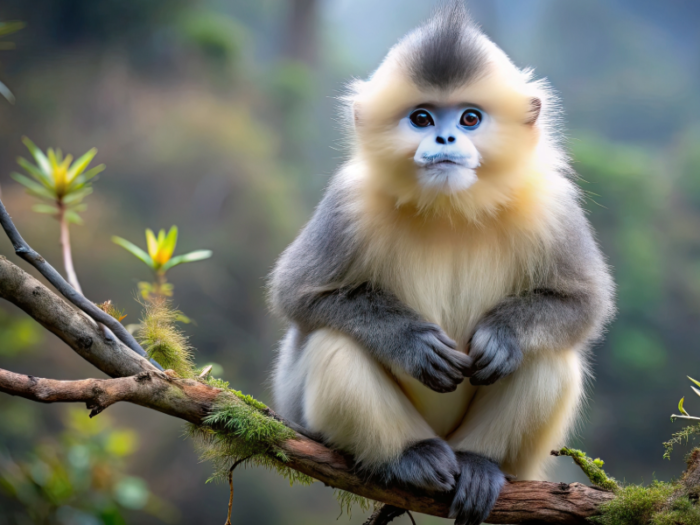
- Myanmar is the world’s seventh-largest rice producer.
- Rice is grown in two seasons, during the monsoon and summer.
- Rice production accounts for about 43% of the country’s total agricultural production.
